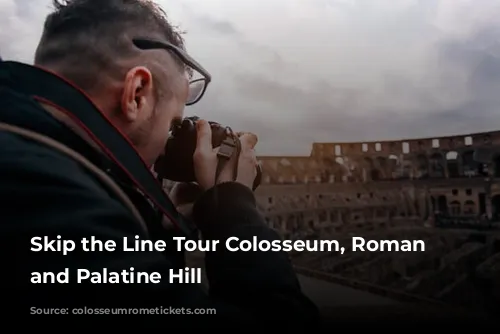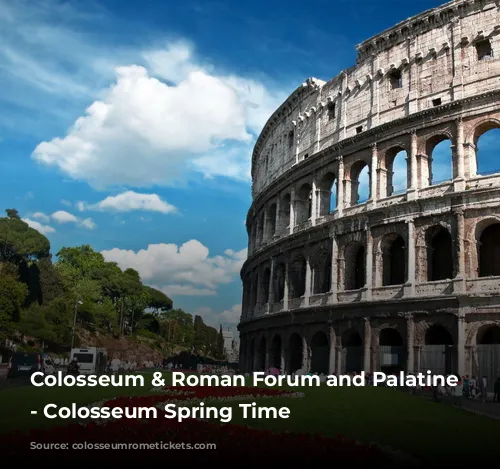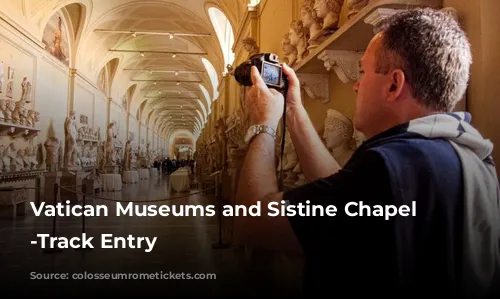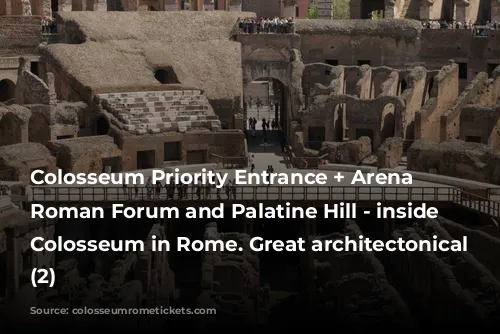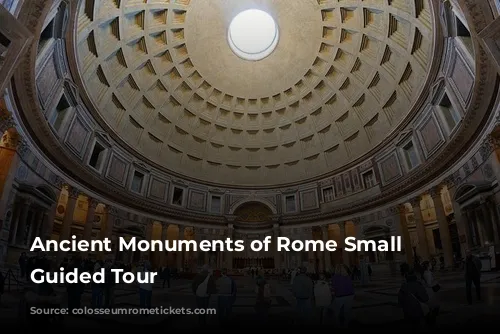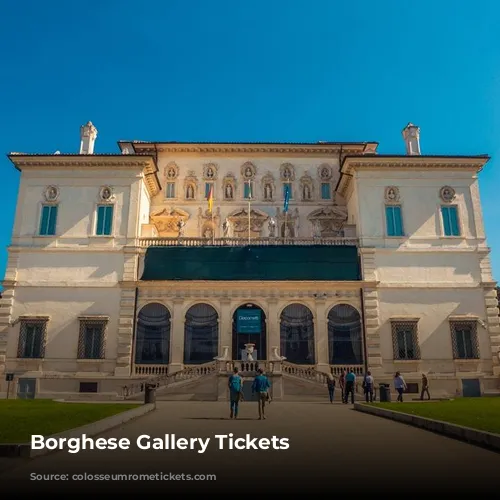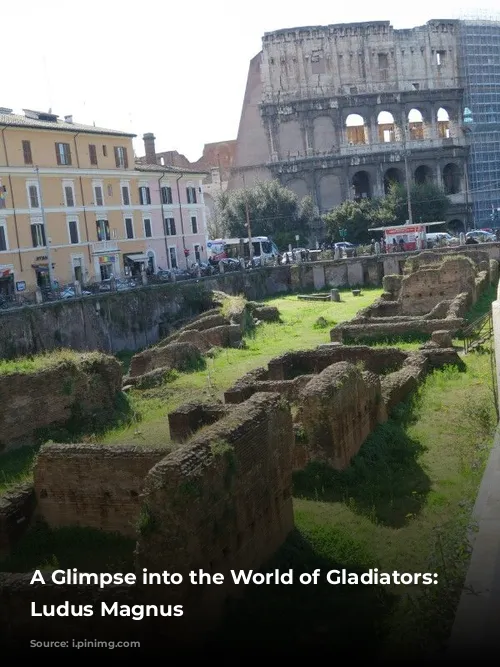Just east of the iconic Colosseum, nestled in the heart of ancient Rome, lie the remnants of a remarkable structure – the Ludus Magnus. This impressive building served as the largest training ground for gladiators in the Roman Empire, a testament to the captivating spectacle that defined Roman society.
While the exact location of the Ludus Magnus remained shrouded in mystery until the 1930s, a detailed marble map of Rome dating back to the era of Emperor Septimius Severus offered glimpses into its layout. This invaluable “Forma Urbis Romae” provided crucial clues about the structure, fueling the desire to uncover its secrets. Extensive excavations, undertaken between 1937 and 1961, unveiled the northern section of the complex, revealing a captivating glimpse into the lives of gladiators.
A World of Training and Captivity
The Ludus Magnus, a towering structure thought to have been three stories high, housed an astonishing 145 rooms within its walls. Its centerpiece was an elliptical arena, measuring an impressive 62 meters in length and 45 meters in width. Surrounding this arena was a small cavea, originally adorned with magnificent marble slabs. This tiered seating area could accommodate a sizable crowd of 2,500 spectators, eager to witness the gladiators’ training.
The gladiators entered the arena through a grand entrance located on its long axis, while public officials enjoyed a privileged view from specially designated boxes on the shorter side. The courtyard, a bustling hub of activity, served as a miniature amphitheater where the gladiators honed their skills, preparing for the epic battles that awaited them in the Colosseum.
A Glimpse into the Lives of Gladiators
On the north side of the excavated area, facing the bustling Via Labicana, stands a well-preserved row of cells, each equipped with stairs leading to upper floors. These cells housed the gladiators, who lived in a perpetual state of captivity within the Ludus Magnus. Their lives were marked by a relentless regime of grueling training, designed to mold them into formidable warriors.
A strategic tunnel connected the arena directly to the east entrance of the Colosseum, facilitating the gladiators’ transition from their training ground to the grand spectacle of the arena. This connection highlighted the intrinsic link between the Ludus Magnus and the Colosseum, showcasing the seamless flow of gladiatorial life from training to performance.
The Rise and Fall of a Neighborhood
The original construction of the Ludus Magnus, dating back to the reign of Emperor Domitian, necessitated the demolition of an existing residential neighborhood from the late Republic and Augustan periods. Archaeological evidence, including remnants of a tessellated floor on the southern side of the excavation site, bears witness to this transformation.
Subsequent renovations, undertaken under the rule of Emperor Trajan, saw the construction of the cavea and arena, further shaping the complex. This reconstruction reflected the evolving priorities of the Roman Empire, showcasing the enduring legacy of the Ludus Magnus.
Beyond the Ludus Magnus
The Ludus Magnus, however, was not an isolated entity. It existed within a network of interconnected structures that served the gladiatorial world. Other training grounds, such as the Ludus Matutinus, where hunters were trained, and the Ludus Dacicus and Ludus Gallicus, named after the specific gladiatorial styles they fostered, complemented the Ludus Magnus.
Surrounding the Colosseum were essential support structures, including the spoliarium, where fallen gladiators were collected; the samarium, where injured gladiators received medical attention; and the armamentarium, where weapons were stored. Further north, the Castra Misenatium, housing the sailors responsible for the velarium (the awning that provided shade in the Colosseum), and the Summum Choragium, where the machinery used in staging the games was kept, completed this intricate network.
The Ludus Magnus stands as a tangible reminder of the ancient world’s fascination with gladiatorial combat. Its ruins offer a unique glimpse into the lives of these warriors, their training, and the infrastructure that supported the gladiatorial spectacle. This complex, a vital cog in the Roman entertainment machine, serves as a compelling testament to the cultural significance of gladiatorial combat in ancient Rome.
